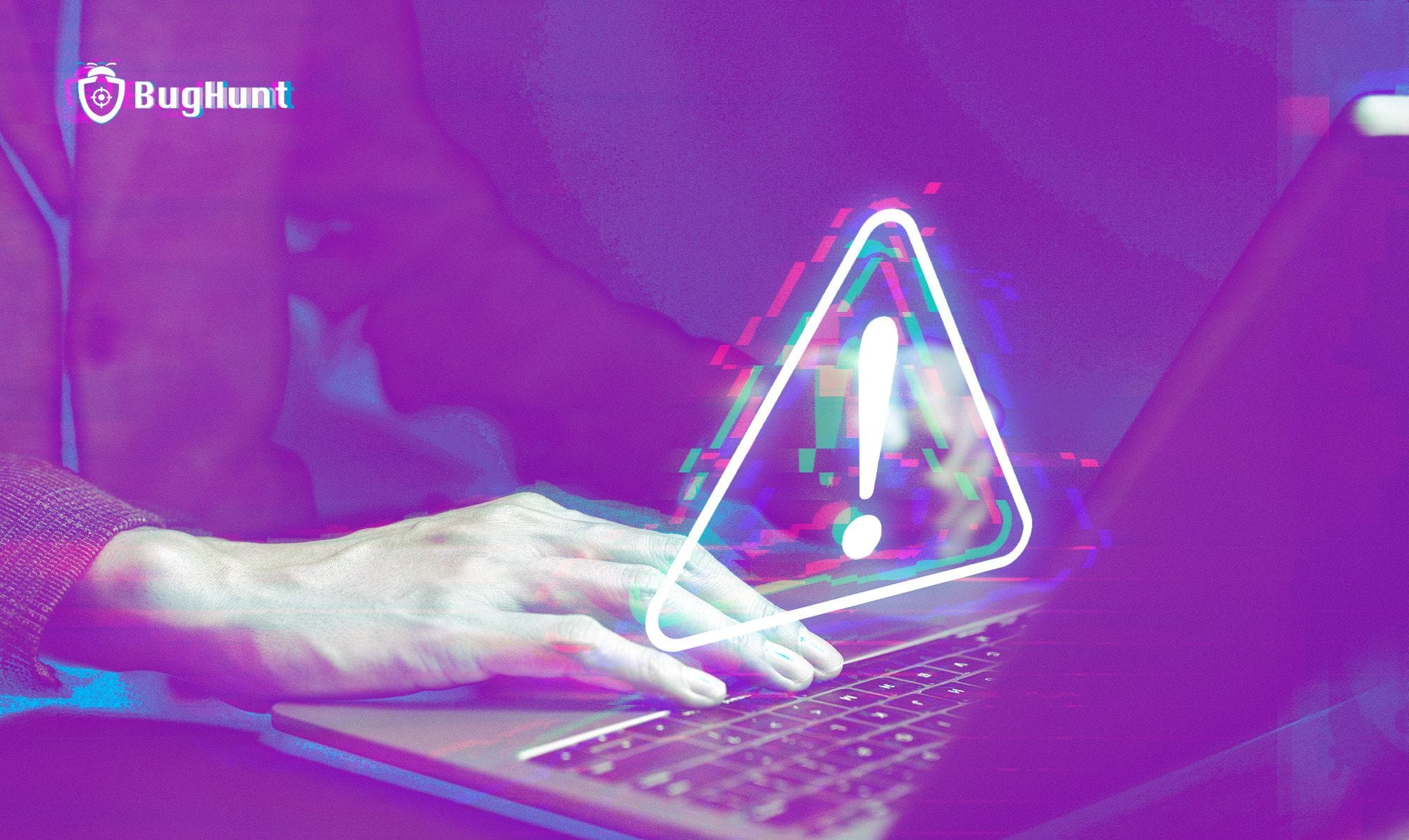How to Develop Cyber Resilience in Companies

Cyber Resilience Is Not Just Defense – It’s an Operational Necessity. And today, which company doesn’t rely on technology?
With Brazil registering 1,379 cyberattacks per minute, according to the 2024 Latin America Threat Landscape report, prevention is no longer enough. The real challenge is ensuring business continuity even in the face of inevitable incidents.
Developing this resilience requires more than just technology. Processes, people, and organizational culture are essential—and this transformation starts at the top leadership level.
In this article, we’ll explore the key pillars of this strategy and how to strengthen security in an increasingly unpredictable digital landscape. Keep reading!
What Is Cyber Resilience?
Cyber resilience is an organization’s ability to anticipate, withstand, recover, and quickly adapt to cyberattacks without compromising its operations. More than just preventing breaches, it’s about ensuring that even if a threat is successful, the impact is minimized and services can resume swiftly.
Unlike traditional information security approaches focused solely on prevention, cyber resilience operates on the assumption that breaches are inevitable. The goal is not just to strengthen defenses but to structure processes, train teams, and integrate technologies that enable an effective and continuous response.
Read also: What Are the Four Principles of Information Security?
The Pillars of Cyber Resilience
To strengthen cyber resilience, companies need to focus on a few key pillars.
These elements ensure that the organization is prepared to adapt to different types of cyber threats while fostering continuous improvement in information security.
Here are the essential pillars:
1. Prevention and Protection
While cyber resilience goes beyond mere prevention, having a strong protection system is crucial. Investing in firewalls, encryption, multi-factor authentication, and regular employee training are fundamental steps to reducing the likelihood of a cyberattack.
These measures create a solid foundation that reinforces all other aspects of resilience.
2. Detection and Monitoring
Early detection of cyber incidents can be the key to preventing more severe damage. Implementing advanced network and system monitoring solutions—such as artificial intelligence and anomaly behavior analysis—enables quick identification of suspicious activity and intervention before an incident escalates.
Constant vigilance is essential to mitigate risks and ensure a rapid response.
3. Response and Recovery
A strong response strategy includes creating clear and tested contingency plans, with defined protocols for handling different types of incidents. This involves everything from internal and external communication to corrective actions necessary to restore critical systems and data.
Cyber resilience is not just about prevention but also knowing how to react when things go wrong.
Read more: A Business Continuity Plan (BCP) Is Also Digital Security
4. Continuous Improvement
Cybersecurity is constantly evolving. New attacks emerge daily, and defense mechanisms must keep up. One of the core pillars of cyber resilience is continuous improvement.
This means regularly reviewing and updating security policies, conducting incident simulations, and learning from past attacks to strengthen security systems.
The CEO’s Role in a Security-First Culture
Building a strong security culture is not just the responsibility of the IT department or the Chief Information Security Officer (CISO). It must start at the top, with the CEO and executive leadership driving the implementation of an effective security strategy.
The CEO must understand that cybersecurity is not just a technical issue but a strategic element affecting all aspects of the business. By demonstrating a strong commitment to information security, leadership ensures that resources are properly allocated and that security goals align with overall business objectives.
Moreover, leadership plays a crucial role in fostering proactive security behaviors. By promoting a culture of security, the CEO encourages teams to adopt practices that protect sensitive data and actively engage in security policies and training. In this way, security becomes an integral part of the company’s identity.
Best Practices for Strengthening Cyber Resilience
To ensure effective cyber resilience, companies should adopt the following best practices:
1. Continuous Training
One of the biggest vulnerabilities in any organization is its people. Investing in regular cybersecurity training is one of the most effective ways to ensure that employees are prepared to identify and prevent risks.
2. Incident Tests and Simulations
Simulating cyberattacks is an excellent way to test the effectiveness of response plans. These exercises help identify weaknesses in security processes and protocols while preparing teams for a swift response in real incidents.
3. Third-Party and Supplier Management
Many cyberattacks don’t originate within the organization but through suppliers and partners. Ensuring that all third parties follow the same security standards and have robust protection systems is critical to avoiding additional risks.
4. Risk Analysis and Recovery Plans
Risk analysis is an essential tool for identifying an organization’s main vulnerabilities. Based on this analysis, companies can develop a recovery plan that ensures business continuity regardless of the type of cyberattack faced.
Beyond these practices, continuous security testing—such as penetration testing (pentesting) and bug bounty programs—plays a crucial role in cyber resilience. While pentesting assesses security posture at a given moment, bug bounty programs allow external experts to continuously search for vulnerabilities, improving threat detection before they can be exploited.
Cyber Resilience: A Competitive Advantage
Developing strong cyber resilience is essential for any organization that wants to protect its data and ensure operational continuity in an unpredictable digital world.
After all, information security in companies is no longer just an IT concern—it’s a strategic priority that must be embedded in the organizational DNA.
By investing in a security-first culture and adopting effective prevention, detection, and response strategies, companies can not only prevent attacks but also adapt and recover from any cyber threat.
Did you like this article? Follow us on social media for more cybersecurity insights and updates!

